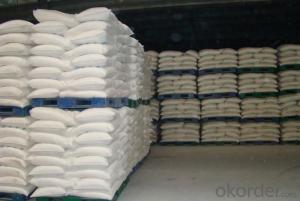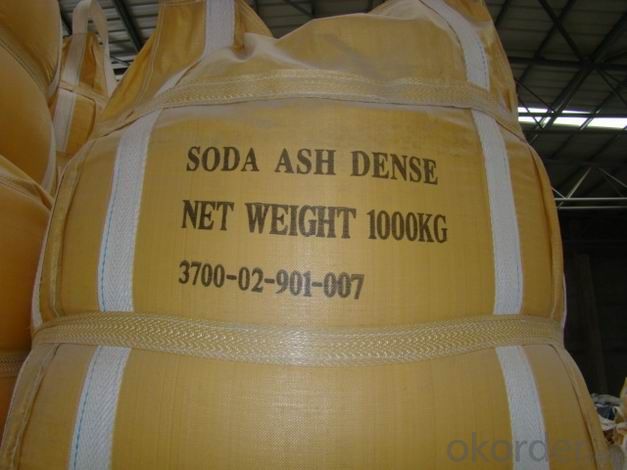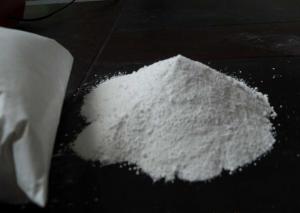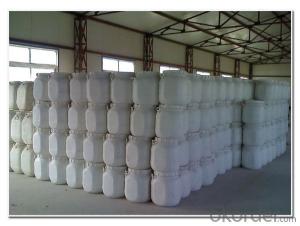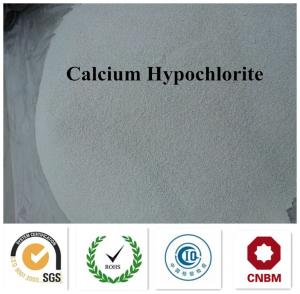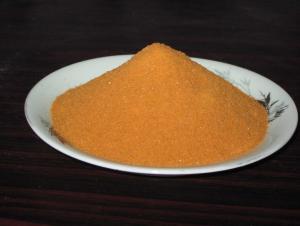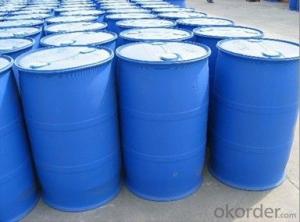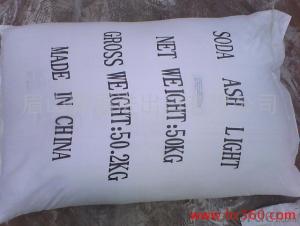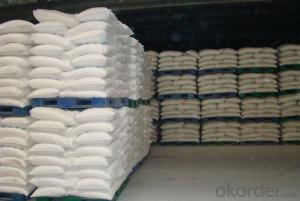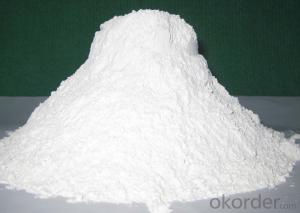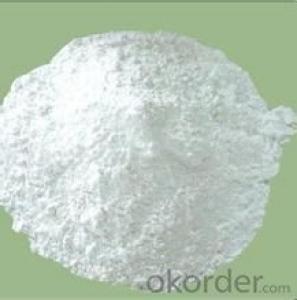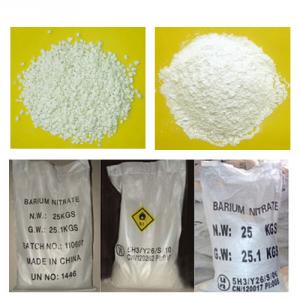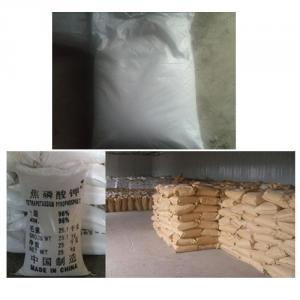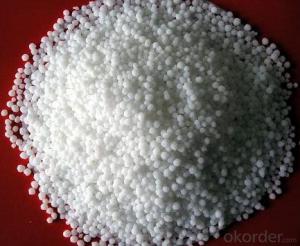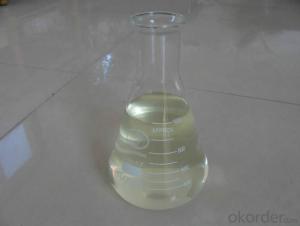Soda Ash with Best High Quality with the Good Price and big Quantity
- Loading Port:
- China main port
- Payment Terms:
- TT or LC
- Min Order Qty:
- 21 m.t.
- Supply Capability:
- 3000 m.t./month
OKorder Service Pledge
Quality Product, Order Online Tracking, Timely Delivery
OKorder Financial Service
Credit Rating, Credit Services, Credit Purchasing
You Might Also Like




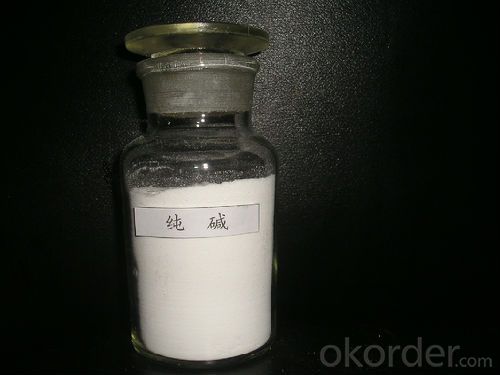
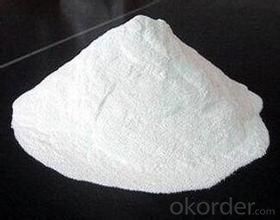
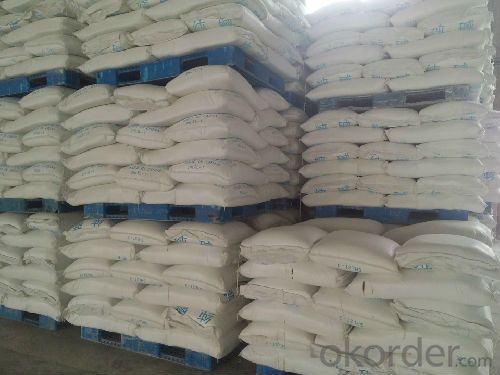
- Q: For example, sulfates can emit SO2 or SO3 gas. If this were to occur in this experiment, would the % H2O calculated from the data be too high or too low? Explain.
- the respond could marvel you.eating water is 0.5 of the equation to hydrate my physique. The human physique is already 70% water so why are you dehydrated? The cells have not got get entry to to the water that's already there. i choose macro and micro minerals(electrolytes) to end the hydration technique on the cellular point. Electrolytes are to blame for each function in the physique and are what activate a cellular to take up water and meals. maximum diets are undesirable in mineral content textile. consume a healthful weight loss application at the start. minimize the junk meals on account that too lots salt can quite dehydrate extra with the help of drawing water out of the cellular. additionally supplement. There are some good hydration products obtainable yet i admire Hydra-Blast overall performance spray. Its the quickest and least confusing thank you to hydrate on the cellular point and works great.
- Q: Are plants absorbing water and inorganic salts only through root tip or wrong? The
- Plants through the leaves can also absorb water and inorganic salts, but the root tip is the main part of the plant to absorb water and inorganic salts.
- Q: What is inorganic salt? Lemon flavor, citric acid, is it an inorganic salt?
- Although the inorganic salt in the cell, the body content is very low, but the effect is very large, if the attention of diet diversification, eat less animal fat, eat brown rice, corn and other coarse grains, do not eat too much refined flour, Salt to maintain the normal level of citric acid is an important organic acid, also known as citric acid, no ...
- Q: How to isolate the effects of inorganic salts on enzyme solubility
- The effect of inorganic salts on the solubility of the enzyme was studied. The inorganic raw materials were pretreated with inorganic salts to separate the solid-liquid phase, and some of the lignin and hemicellulose were dissolved, and the sulfuric acid and the inorganic salt were added to the cotton Treatment, thereby improving the enzymatic hydrolysis efficiency. Using different amounts of sulfuric acid
- Q: Does the inorganic salt affect the gpc molecular weight results?
- GPC determination of molecular weight through the column when the molecular size of the molecular peak, the molecular weight of the early comparison of the peak, that is relatively large molecules in the GPC pillars can not pass, pass the molecules were detected out of the peak, This molecular weight is not absolute, since the GPC determination is actually the size of the molecule rather than the size of the molecule, and of course it is also possible to approximate the molecular weight of the molecular weight of the molecule. Large; exactly how their relationship, with GPC can not be determined, only through the standard liquid molecular weight to compare, this result is relative, not absolute.
- Q: Inorganic salts are not nutritious
- Nutritional substances are sugar protein fat three nutrients
- Q: The application of various inorganic salts in the human body?
- Silicon in the water was partial silicic acid form absorbed by the body, mainly distributed in human skin and connective tissue, in the process of skeleton has a physiological role in promoting the development of bone development. Silicon is also involved in the metabolism of polysaccharides, is to form some glucose The main component of the aminopolysaccharide carboxylic acid.
- Q: What is the use of inorganic salts in plants? How is it discharged
- Plants need inorganic salts, just as people need trace elements, the growth of auxiliary organisms can be through the leaves of the surface of the pores, with the water discharged together
- Q: My body fat rate 14.6 normal body fat percentage 31.2 is more than the normal value I do not know the difference between the two please God answer ah Thank you very grateful and then those elements of my lack of God is the situation ah I love meat is not a vegetarian! And I super love to eat eggs! And my super love to drink water!
- I am also a little lower inorganic salt so point, the coach said that usually drink some salt. Protein and water are low can only explain a problem, have a good fat under the conversion.
- Q: as a example potesium,sodium,magnees,calcium
- I'd okorder /
Send your message to us
Soda Ash with Best High Quality with the Good Price and big Quantity
- Loading Port:
- China main port
- Payment Terms:
- TT or LC
- Min Order Qty:
- 21 m.t.
- Supply Capability:
- 3000 m.t./month
OKorder Service Pledge
Quality Product, Order Online Tracking, Timely Delivery
OKorder Financial Service
Credit Rating, Credit Services, Credit Purchasing
Similar products
Hot products
Hot Searches
